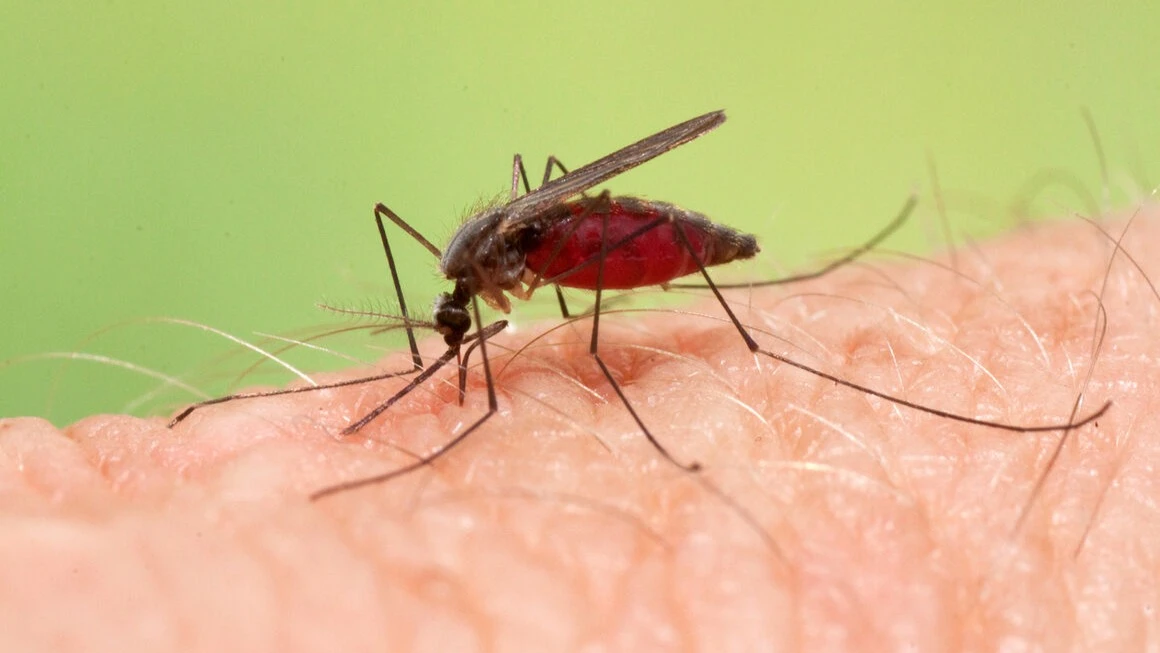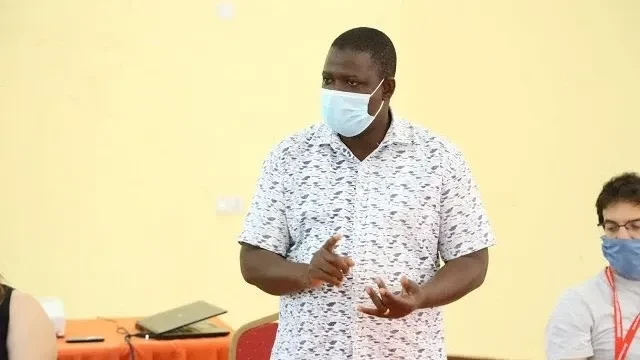‘Rift Valley linking different mosquito genetic populations‘

TWO distinct genetic populations of anopheles mosquitoes with different DNA and resistance levels are scattered across the country, a collaborative study has uncovered.
Dr Joel Odero, a senior researcher at the Ifakara Health Institute (IHI), says in a summary of the study published in Genetics Journal early this week that the study is a groundbreaking genomic study of the malaria vector Anopheles funestus in Tanzania.
The study analysed genomes of 334 An funestus mosquitoes collected from 11 regions in diverse ecological zones, he said, noting that the findings offer new insights into insecticide resistance patterns and challenges for malaria control.
Francenso Baldini, a vector biologist based at the University of Glasgow and the Ifakara Health Institute was among scores of local and external researchers taking part in the study on the ecology of mosquitoes to enhance efforts to fight malaria, as well as in developing an adapted vaccine for the purpose.
The study showed the prevalence of two genetically distinct populations broadly divided between eastern and western Tanzania, separated by the semi-arid Rift Valley region in central Tanzania, the summary indicated.
Genetic analyses showed limited migration between mosquitoes from western highland areas such as Katavi and Kigoma, and those from eastern coastal and lowland regions including Morogoro and Mtwara.
“Although gene flow between these groups is reduced, it is not entirely blocked, suggesting that the Rift Valley acts as a porous barrier shaping mosquito population structure,” the summary asserts.
“This partial genetic separation is key to understanding how resistance traits and mosquito populations move across Tanzania,” the lead author affirmed, noting the likely influence of the Rift Valley’s arid environment on this division.
The study identified distinct genetic signatures at important insecticide resistance genes, with mosquitoes from the east exhibiting high frequencies of mutations in the Cyp6p9a and Cyp6p9b genes.
This is linked to resistance against pyrethroids commonly used in insecticide-treated bed nets (ITNs) and indoor residual spraying, he stated, asserting that conversely, western populations showed different mutations in the Cyp9k1 gene, associated with similar resistance but reflecting a separate evolutionary pathway.
“These findings reveal that, while resistance is widespread, the underlying genetic mechanisms vary by region,” he elaborated, saying that this has significant implications for managing resistance and deploying novel vector control methods such as gene drives or sterile insect techniques.
Anopheles funestus remains a major malaria vector across East and Southern Africa, responsible for significant disease transmission even in areas where other vectors like Anopheles arabiensis predominate.
Control efforts are complicated by widespread insecticide resistance and ecological diversity, the study affirms, with the discovery of genetically distinct mosquito populations with differing resistance backgrounds suggesting that a uniform vector control approach may be insufficient.
“Tailored strategies that consider local genetic and ecological conditions will be essential for effective malaria control,” the researchers emphasized, cautioning that genetic discontinuities across the Rift Valley may require multiple, strategically placed release sites for innovative genetic control tools to achieve nationwide coverage.
“This comprehensive genomic dataset represents the most detailed analysis of Anopheles funestus population structure and insecticide resistance in Tanzania to date,” he specified.
Ongoing surveillance to track how these genetic patterns evolve and impact malaria transmission is needed, so that future research explores how ecological factors and climate change may further influence mosquito population dynamics and resistance, he stated. This is essential to improve sustainable malaria control interventions strategies, he added.
Top Headlines
© 2025 IPPMEDIA.COM. ALL RIGHTS RESERVED






















